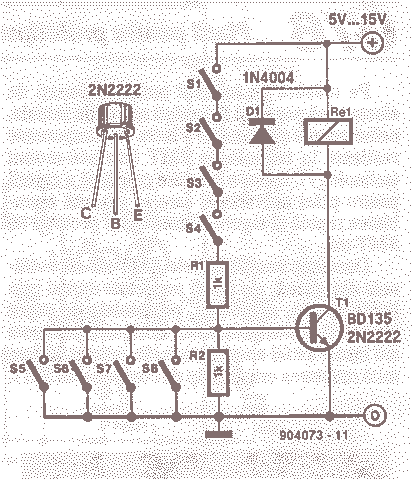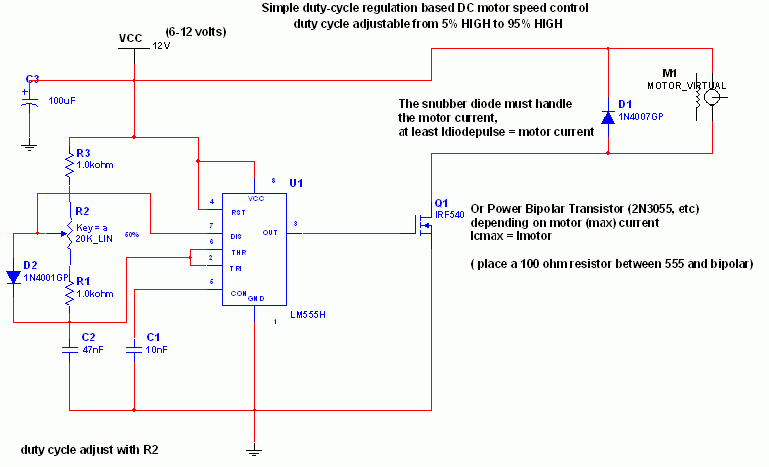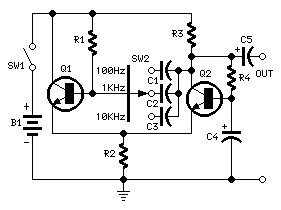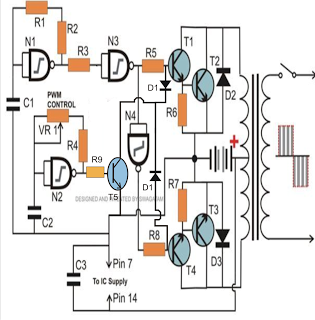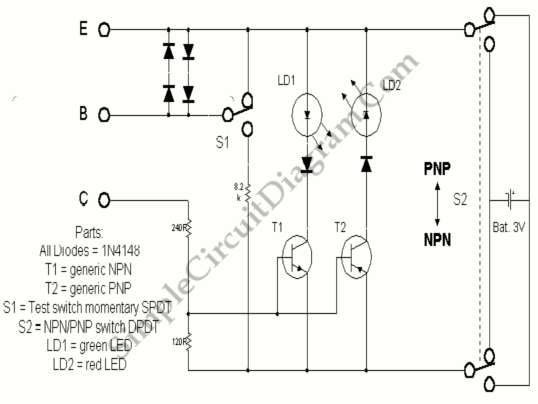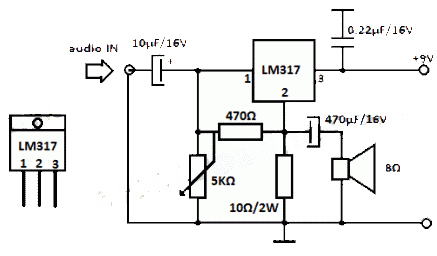
Simple Cat.5 Network Tester
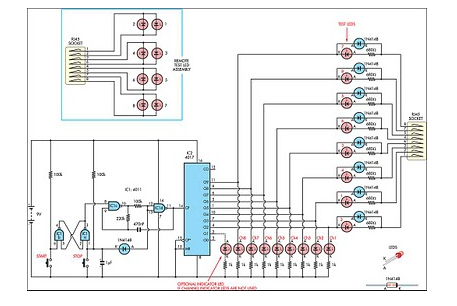
This circuit originated from the necessity for a simple and efficient network tester that could be operated by a single individual. All the commercial units tested required a personal...
This network tester circuit is designed to provide a straightforward solution for testing network connectivity and diagnosing issues in a network environment. The circuit typically includes a signal generator, a receiver, and indicator LEDs to convey the status of the network connection.
The signal generator can be implemented using a simple oscillator circuit, which produces a specific frequency signal that can be transmitted over the network. This signal is then picked up by the receiver portion of the circuit, which may consist of an operational amplifier configured as a comparator. The output of the receiver will drive an LED indicator, which illuminates when a valid signal is detected, signaling that the network connection is functioning as expected.
Power supply considerations for this circuit are essential; typically, a battery or a regulated power supply is used to ensure stable operation. The circuit can be designed to consume minimal power to extend battery life, making it suitable for field use.
To enhance usability, the circuit may incorporate a simple user interface, such as a single button to initiate the test process, allowing one person to operate the device easily. Additional features, such as a buzzer or an LCD display, can be added to provide audible or visual feedback regarding the test results.
Overall, this network tester circuit is a practical tool for quick diagnostics in networking applications, facilitating efficient troubleshooting and maintenance of network systems in various environments.This circuit came from a need for a quick and dirty network tester that could be operated by one person. All the commercial units I tried required a per.. 🔗 External reference
This network tester circuit is designed to provide a straightforward solution for testing network connectivity and diagnosing issues in a network environment. The circuit typically includes a signal generator, a receiver, and indicator LEDs to convey the status of the network connection.
The signal generator can be implemented using a simple oscillator circuit, which produces a specific frequency signal that can be transmitted over the network. This signal is then picked up by the receiver portion of the circuit, which may consist of an operational amplifier configured as a comparator. The output of the receiver will drive an LED indicator, which illuminates when a valid signal is detected, signaling that the network connection is functioning as expected.
Power supply considerations for this circuit are essential; typically, a battery or a regulated power supply is used to ensure stable operation. The circuit can be designed to consume minimal power to extend battery life, making it suitable for field use.
To enhance usability, the circuit may incorporate a simple user interface, such as a single button to initiate the test process, allowing one person to operate the device easily. Additional features, such as a buzzer or an LCD display, can be added to provide audible or visual feedback regarding the test results.
Overall, this network tester circuit is a practical tool for quick diagnostics in networking applications, facilitating efficient troubleshooting and maintenance of network systems in various environments.This circuit came from a need for a quick and dirty network tester that could be operated by one person. All the commercial units I tried required a per.. 🔗 External reference
